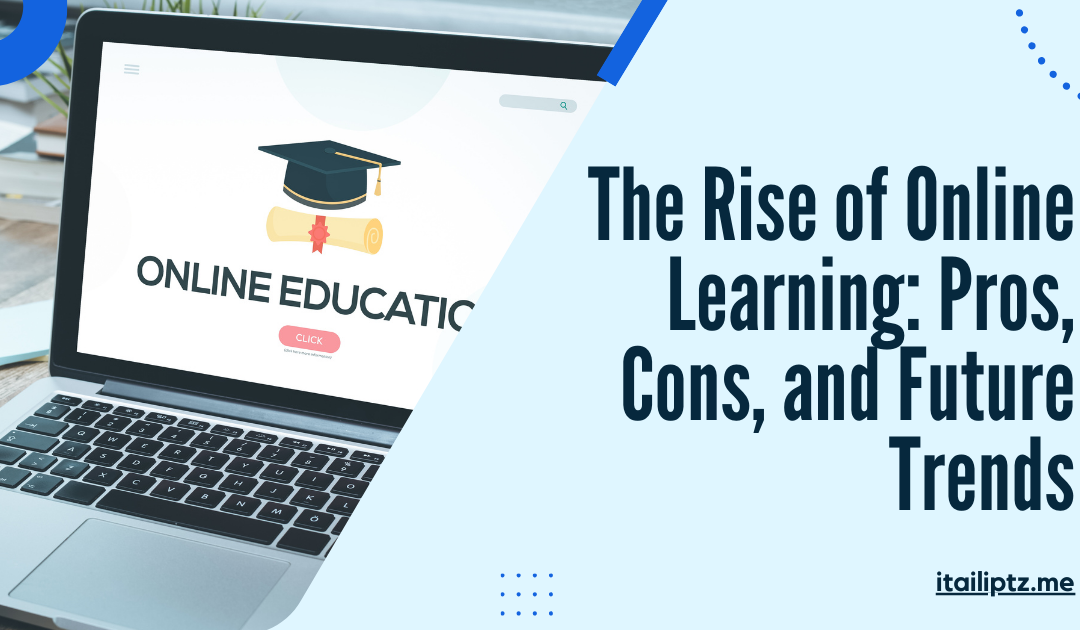Online learning has rapidly evolved into a significant force in education, offering new opportunities and challenges for both students and educators. Over the past decade, technological advancements and global events like the COVID-19 pandemic have accelerated the adoption of online learning platforms, making education more accessible and flexible. However, the shift from traditional classroom settings to online education has generated mixed reactions, with both advantages and drawbacks that need careful consideration.
One of the primary benefits of online learning is its flexibility. Students no longer have to adhere to a strict schedule or commute to a physical campus. This flexibility allows them to learn at their own pace, fitting education into their personal and professional lives. For working adults, parents, or individuals with other time constraints, online learning provides an accessible avenue to pursue further education or skill development without sacrificing their existing commitments. Additionally, online education breaks down geographical barriers, allowing students from remote or underserved areas to access high-quality courses and programs that were previously unavailable.
Cost-effectiveness is another significant advantage of online learning. Traditional education can be expensive, especially when factoring in tuition fees, textbooks, transportation, and housing. Online learning eliminates many of these costs, making it an attractive option for students who may not have the financial resources to attend traditional institutions. Moreover, many online courses are offered by top-tier universities and institutions at a fraction of the cost of on-campus programs.
Despite these benefits, online learning also presents several challenges. One of the most significant drawbacks is the lack of face-to-face interaction. In a traditional classroom, students can engage with instructors and peers, fostering collaboration, social interaction, and a sense of community. Online learning, on the other hand, can feel isolating, with students often learning in solitude. While online platforms offer discussion forums and virtual office hours, they can’t fully replicate the in-person connections and spontaneous interactions that occur in traditional classrooms.
Additionally, online learning requires a high level of self-discipline and time management skills. Without the structure of a physical classroom, students must be proactive in managing their coursework, assignments, and deadlines. This can be difficult for some learners, especially those who struggle with motivation or have competing responsibilities. For younger students, in particular, the lack of supervision and personal accountability can hinder their academic performance.
Looking to the future, online learning is poised to continue growing and evolving. Advancements in technology, such as virtual reality (VR), augmented reality (AR), and artificial intelligence (AI), will likely enhance the online learning experience, making it more immersive, interactive, and personalized. These innovations could bridge some of the gaps in current online learning platforms, offering more engaging and effective ways to learn.
In conclusion, online learning offers undeniable advantages in terms of flexibility, accessibility, and cost-effectiveness. However, it also presents challenges related to social isolation, lack of structure, and the need for self-discipline. As technology continues to improve, online education will likely become an increasingly prominent part of the educational landscape, offering new opportunities for both students and educators alike.

